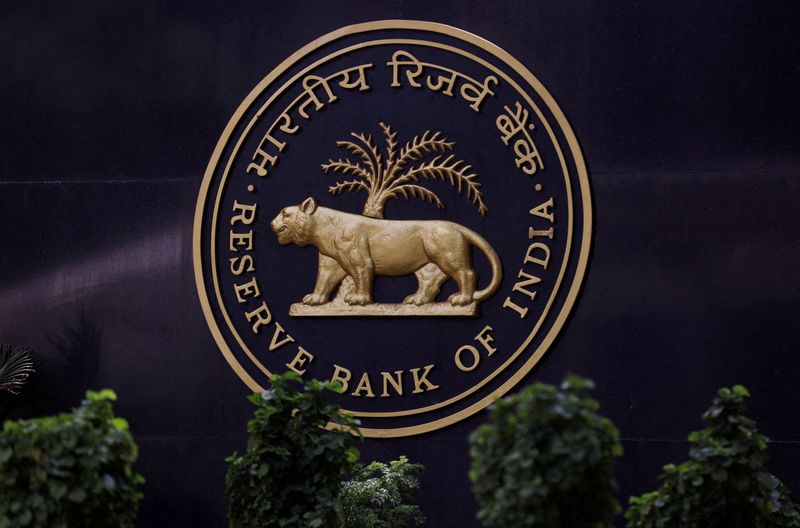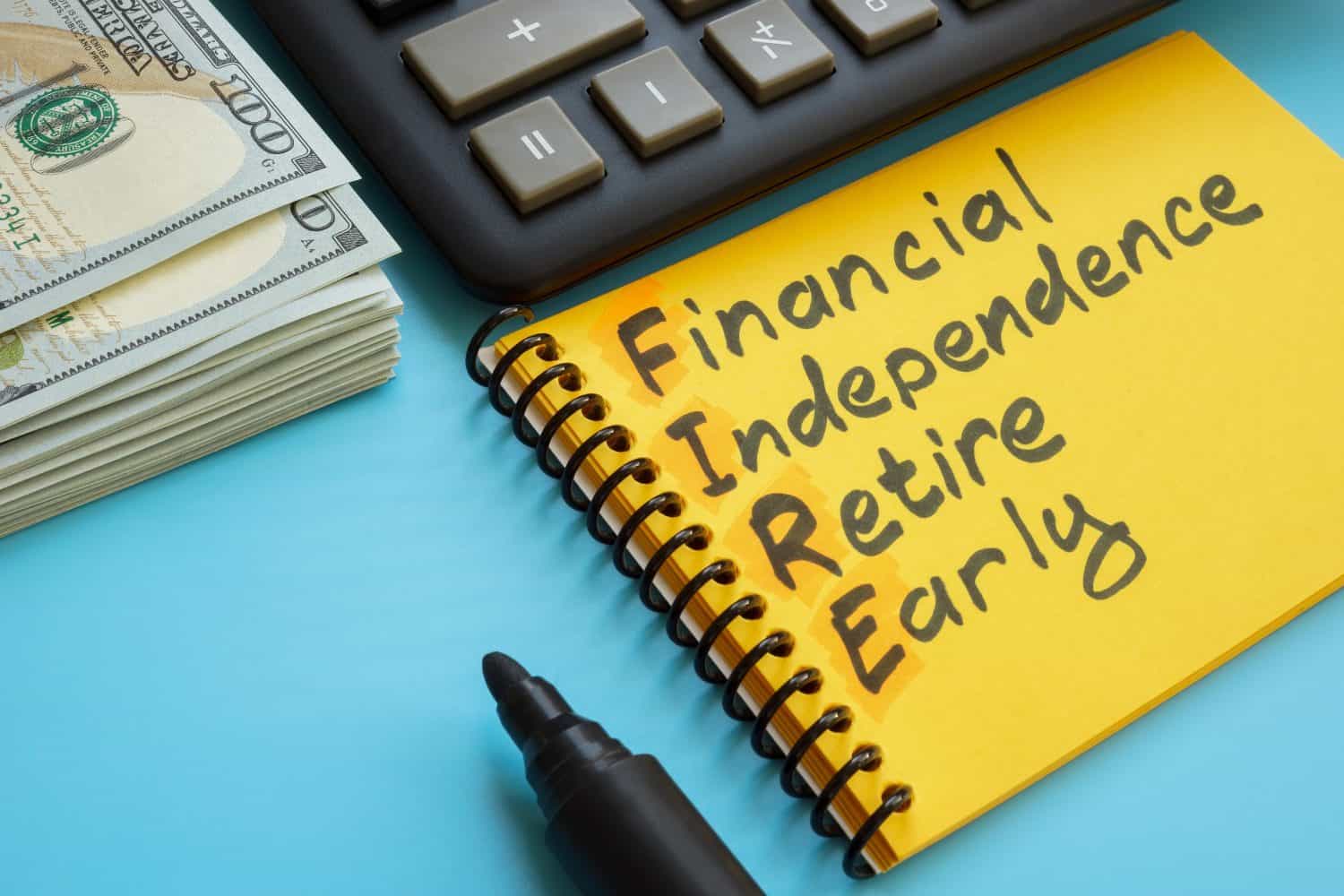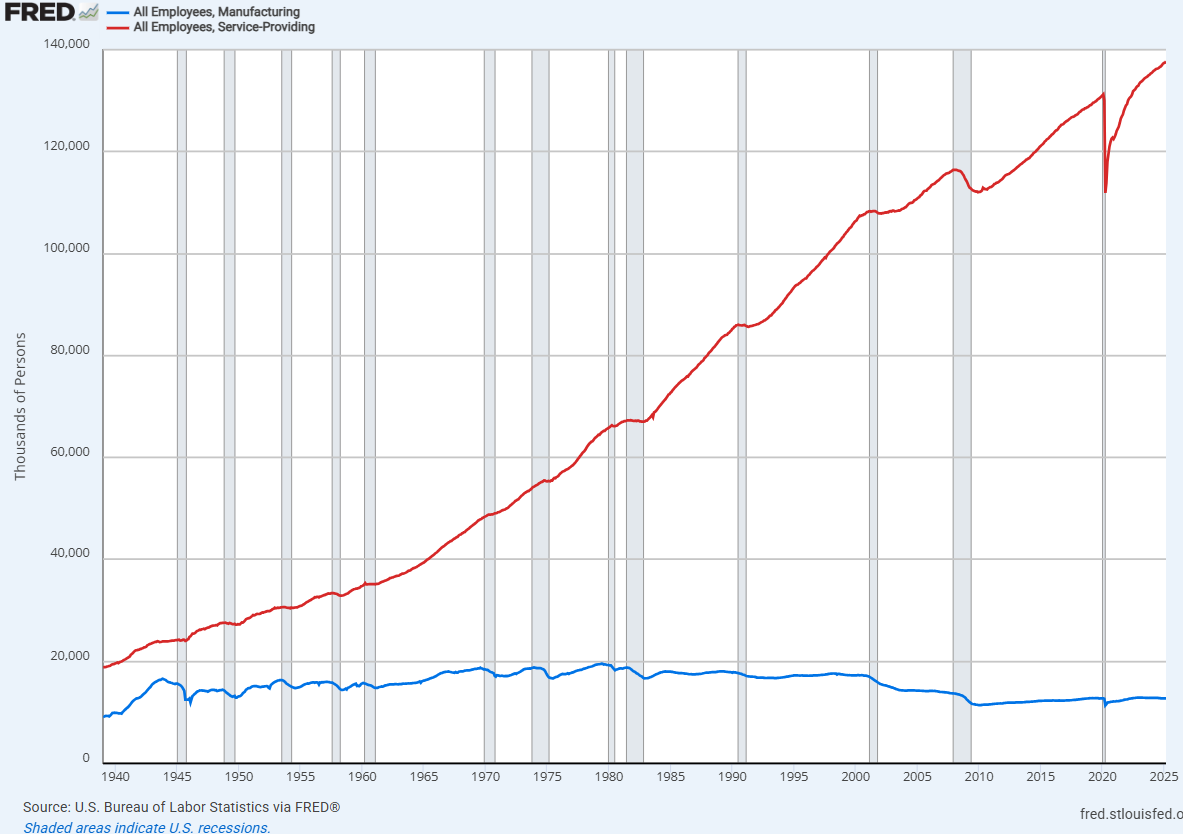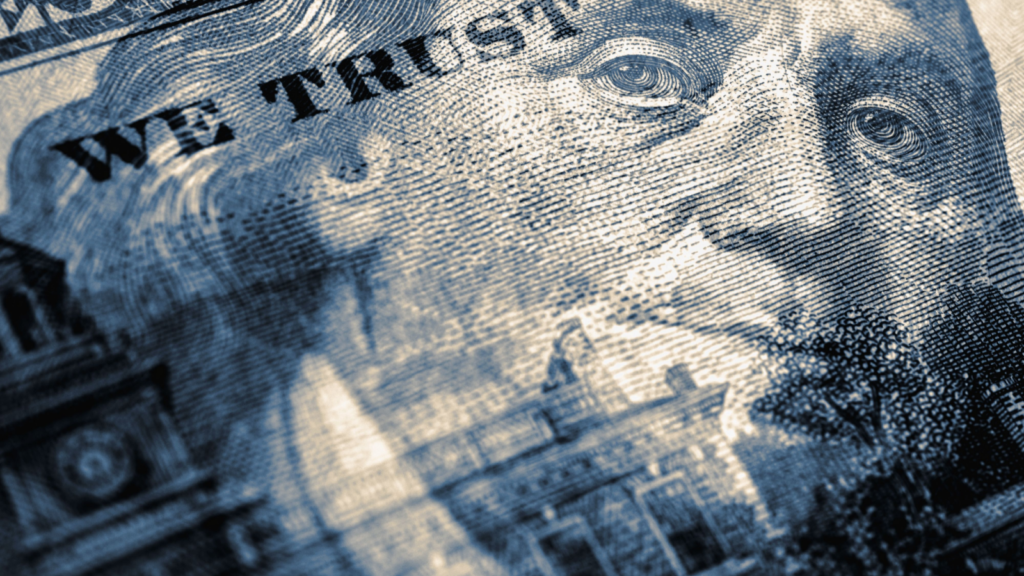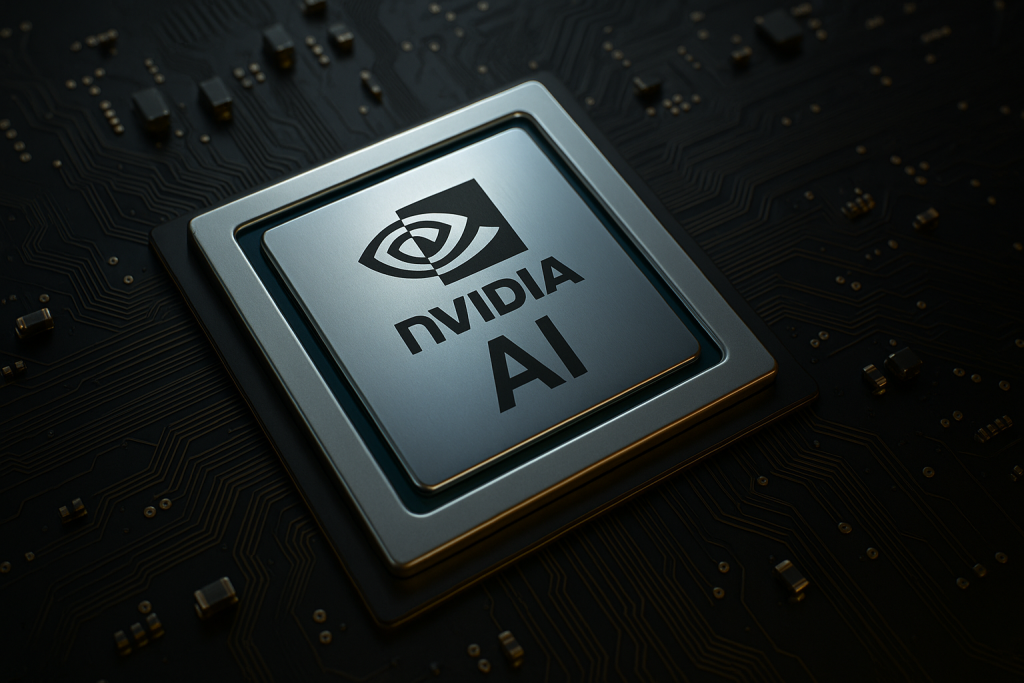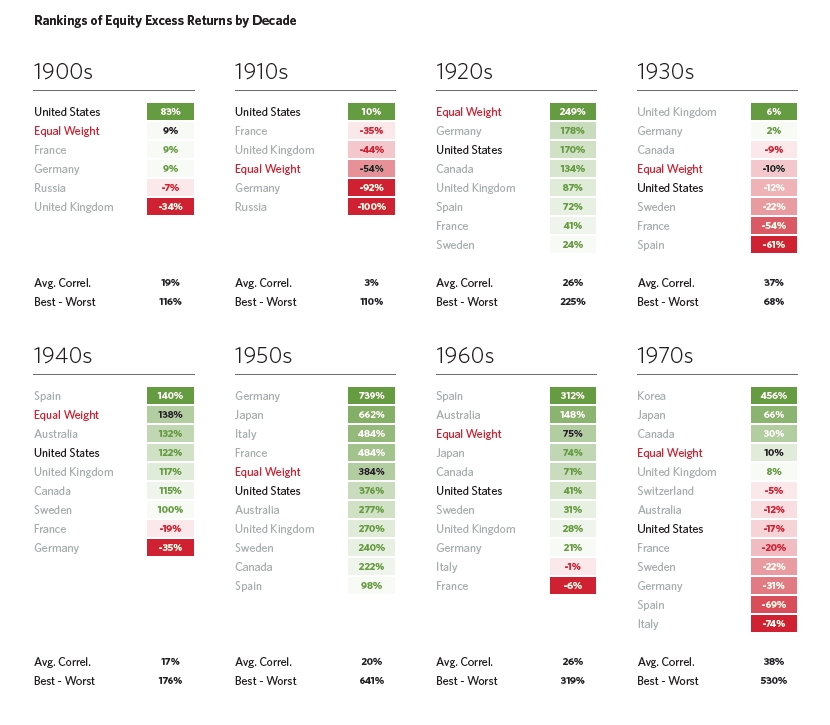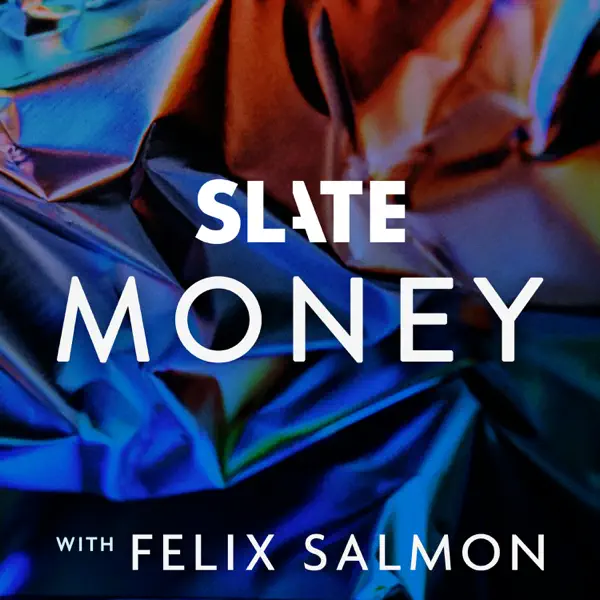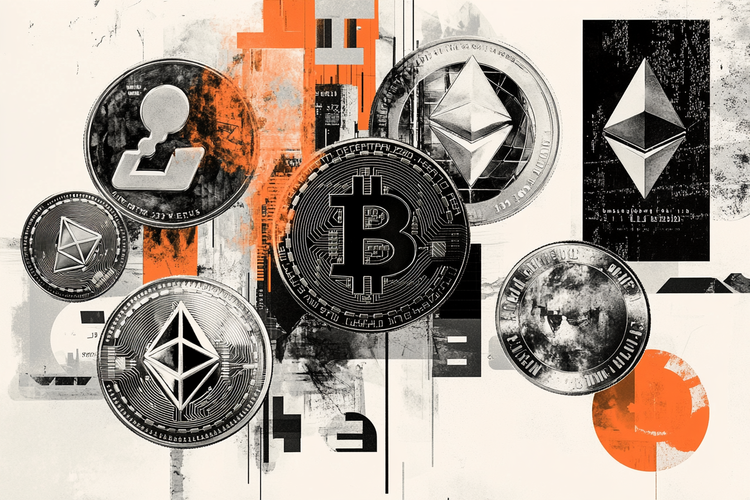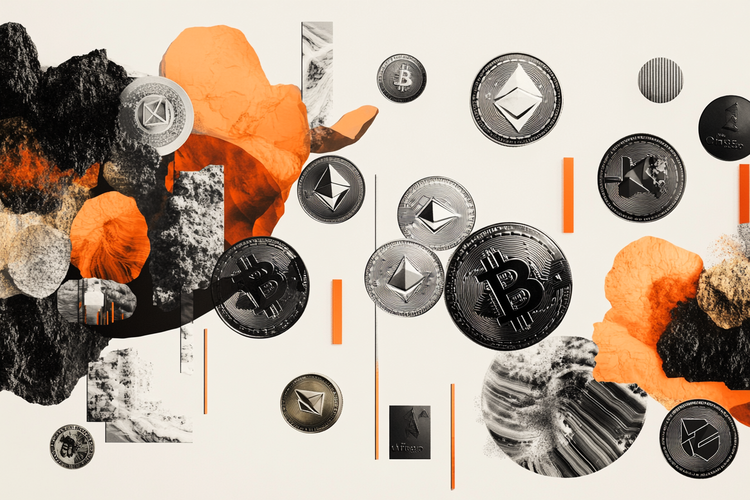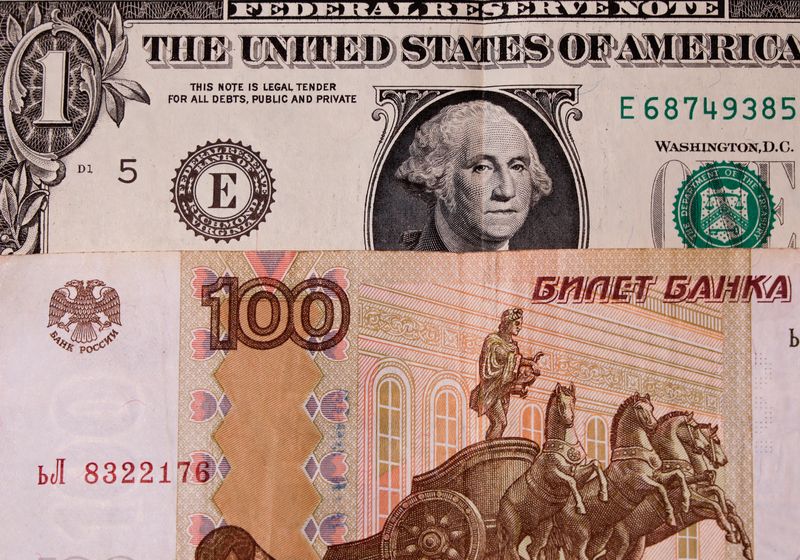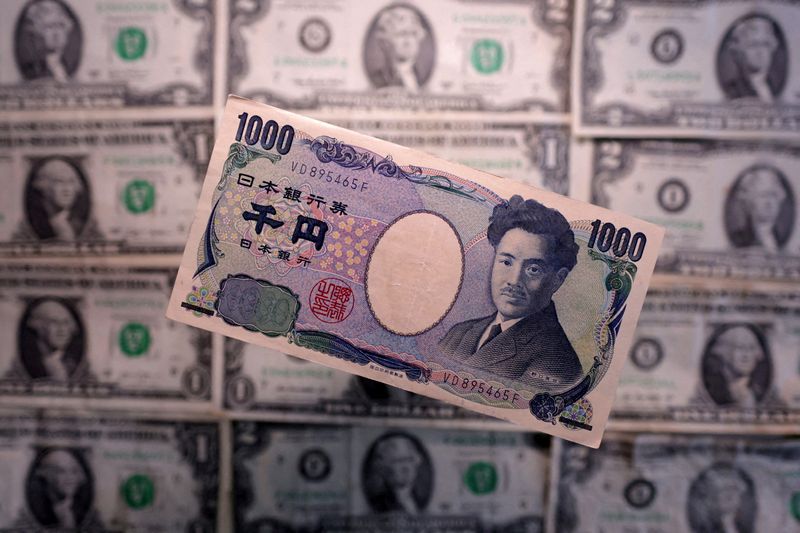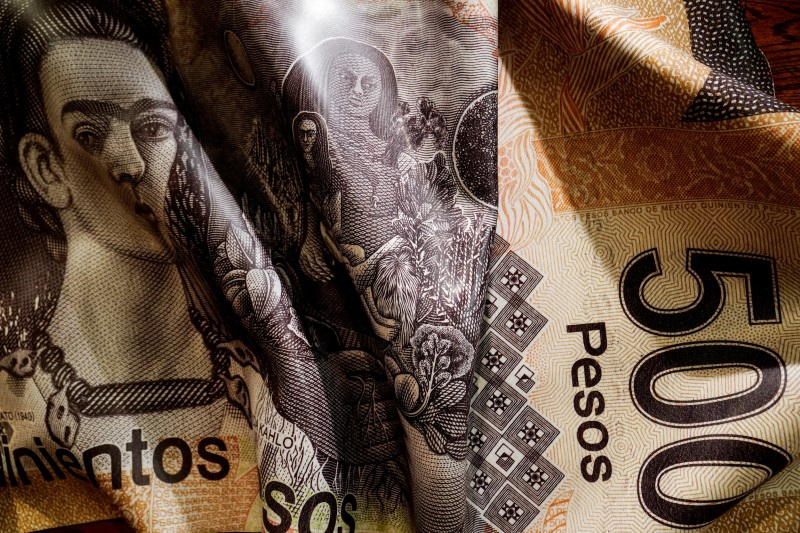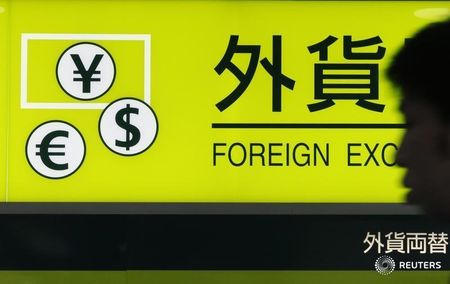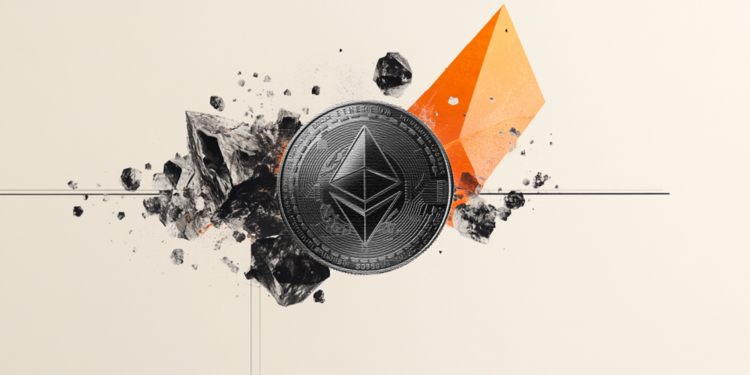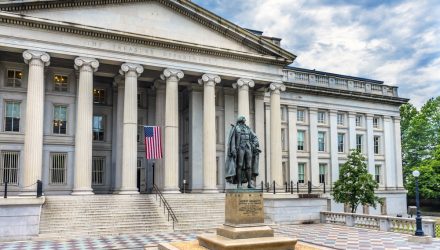iShares’ High-Yield HDV ETF – 7 Picks Powering Its High Yields
If you want a way to combine steady income, stability, and diversification, an exchange-traded fund (ETF) can deliver all three. The iShares Core High ETF (NYSEARCA:HDV) is worth looking into since it focuses on some high-quality companies with solid dividends. This ETF is managed by BlackRock’s iShares and tracks the Morningstar Dividend Yield Focus Index. […] The post iShares’ High-Yield HDV ETF – 7 Picks Powering Its High Yields appeared first on 24/7 Wall St..
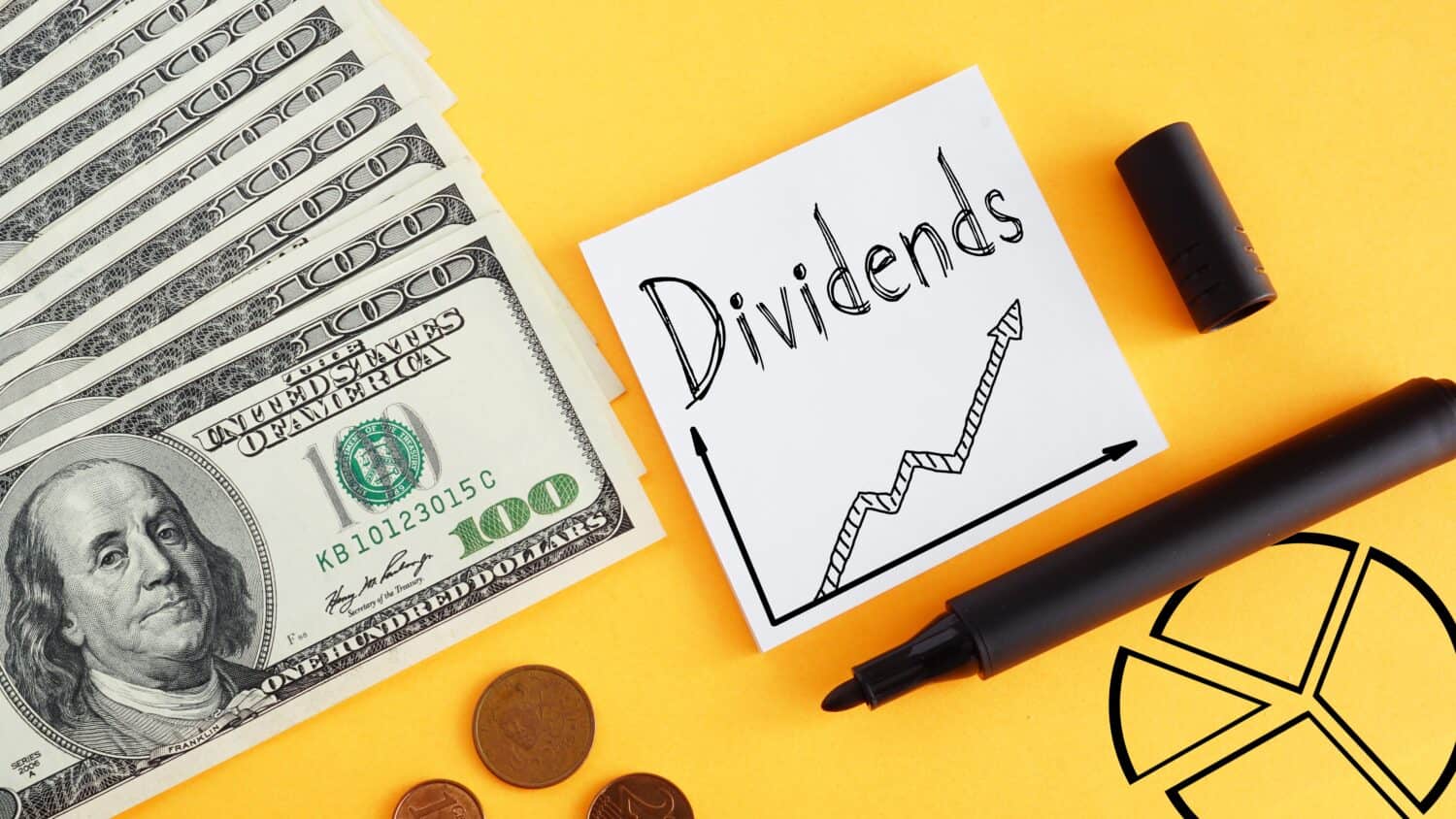
If you want a way to combine steady income, stability, and diversification, an exchange-traded fund (ETF) can deliver all three. The iShares Core High ETF (NYSEARCA:HDV) is worth looking into since it focuses on some high-quality companies with solid dividends. This ETF is managed by BlackRock’s iShares and tracks the Morningstar Dividend Yield Focus Index.
Key Points
-
This ETF is worth looking into for retirees or passive income lovers.
-
In the current environment, HDV is a solid pick due to how defensive it is.
-
It comes with pretty high dividends that can help you keep up with the market with long-term reinvesting.
-
Are you ahead, or behind on retirement? SmartAsset’s free tool can match you with a financial advisor in minutes to help you answer that today. Each advisor has been carefully vetted, and must act in your best interests. Don’t waste another minute; get started by clicking here here.(Sponsor)
In essence, it selects companies with strong financials and sustainable dividends. The result is a portfolio that can weather ups and downs in the market while delivering consistent payouts. Let’s take a look.
Solid Yields at Low Fees
Cost matters greatly when choosing an ETF, as high fees can erode returns over time. HDV is quite lean, with an expense ratio of just 0.08%. You only pay $8 annually for every $10,000 you invest, and is lower than what you’d pay for the SPY. In exchange, you get a 3.51% dividend yield, with dividends paid out quarterly.
It is also structured to be tax-efficient for U.S. investors. It excludes real estate investment trusts (REITs), so the distributions you get qualify as “qualified dividend income.” As a result, you get preferential tax treatment.
Of course, a high yield alone and tax efficiency isn’t enough. You’ll find dozens of ETFs with both these qualities. You need confidence that the fund’s value won’t erode over time. Let’s take a look into where your money is going if you buy this ETF to understand if it will stand the test of time and keep up with the rest of the market.
Quality Returns With Less Downside Risk
As I said before, this ETF tracks the Morningstar Dividend Yield Focus Index. This fund holds 75 stocks and focuses on large-cap companies that pay consistent dividends. These stocks have delivered solid returns, though it is still below the S&P 500’s average annual return. For a dividend ETF, though, these returns are still great due to the downside safety you’re getting.
For example, the 1-year return (dividends included) is at 13.92% and is above the S&P 500’s 6% return over the past year. This ETF has weathered the tariff spook much better and is only down 0.4% year-to-date. The average annual return since inception is 10.3% and matches the market’s historical average. But again, recent total returns here have trailed the S&P 500, with the 5-year performance at 15.34% and the 3-year at 8.23%.
That may turn you away, but the magic is the cumulative performance. That gives you a 5-year return of 104.13%. If you invested $10,000 exactly a decade ago and kept on reinvesting dividends and capital gains, you’d have $21,000 today (including management fees). Admittedly, the same amount invested in the iShares Core S&P 500 ETF (NYSEARCA:IVV) would give you $30,000. However, you’d be much more exposed to recent market swings.
The Stocks Powering the Yield
The dividend yield here comes from several well-diversified companies across dozens of sectors, but the weight is the strongest among the first nine stocks, after which it tapers off. When you look at the composition, you’ll notice the ETF leans heavily into energy, healthcare, financials, and consumer staples. It also has exposure to utilities. You’re simply buying into mature companies with high dividends and safe cash flows.
We’ll look at the first seven, which collectively constitute about 36.32% of the fund’s weight. Here they are:
- Exxon Mobil (NYSE:XOM) – 3.84% yield. XOM has the highest weight here at 7.81%. You may get immediately nervous if you think that a recession is inevitable and oil prices will crater, but considering the exposure it has in healthcare and defensive picks, any shocks of that kind are likely to be offset.
- Johnson & Johnson (NYSE:JNJ) – 3.27% yield. JNJ is your classic low-beta healthcare pick to hold everything in place while giving you a good yield.
- Progressive Corp (NYSE:PGR) – 0.15% yield. PGR might not have the yield, but the performance here has been nothing short of stellar in the past few years.
- Chevron (NYSE:CVX) – 5.04% yield. CVX is another energy pick. A lot of downside risk in a recession for sure, but the 5% yield is juicy and worth it.
- AbbVie (NYSE:ABBV) – 3.75% yield. ABBV is a very consistent stock and yields 3.75%. It is more on the expensive side, but Wall Street has been willing to pay the premium no matter the macro environment.
- Procter & Gamble (NYSE:PG) – 2.53% yield. You’ll find this stock in almost every defensive stock list. Worth keeping in a defensive portfolio.
- Philip Morris (NYSE:PM) – 3.51% yield. A tobacco stock that’s proven to be pretty timeless. It has managed to deal with the decline in smoking rates well by leaning into the smoke-free trend.
Who Should Buy the ETF
If you want to keep reinvesting those dividends for the decades to come without worrying about a recession or a downturn knocking everything down, HDV is worth looking more into. The ETF is not going to give you exposure to bleeding-edge software companies or their triple-digit gains, but at the same time, you’re going to avoid the 40-50% drawdowns.
In short: if you like stability and you have patience, HDV is for you.
The post iShares’ High-Yield HDV ETF – 7 Picks Powering Its High Yields appeared first on 24/7 Wall St..




